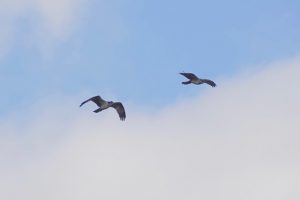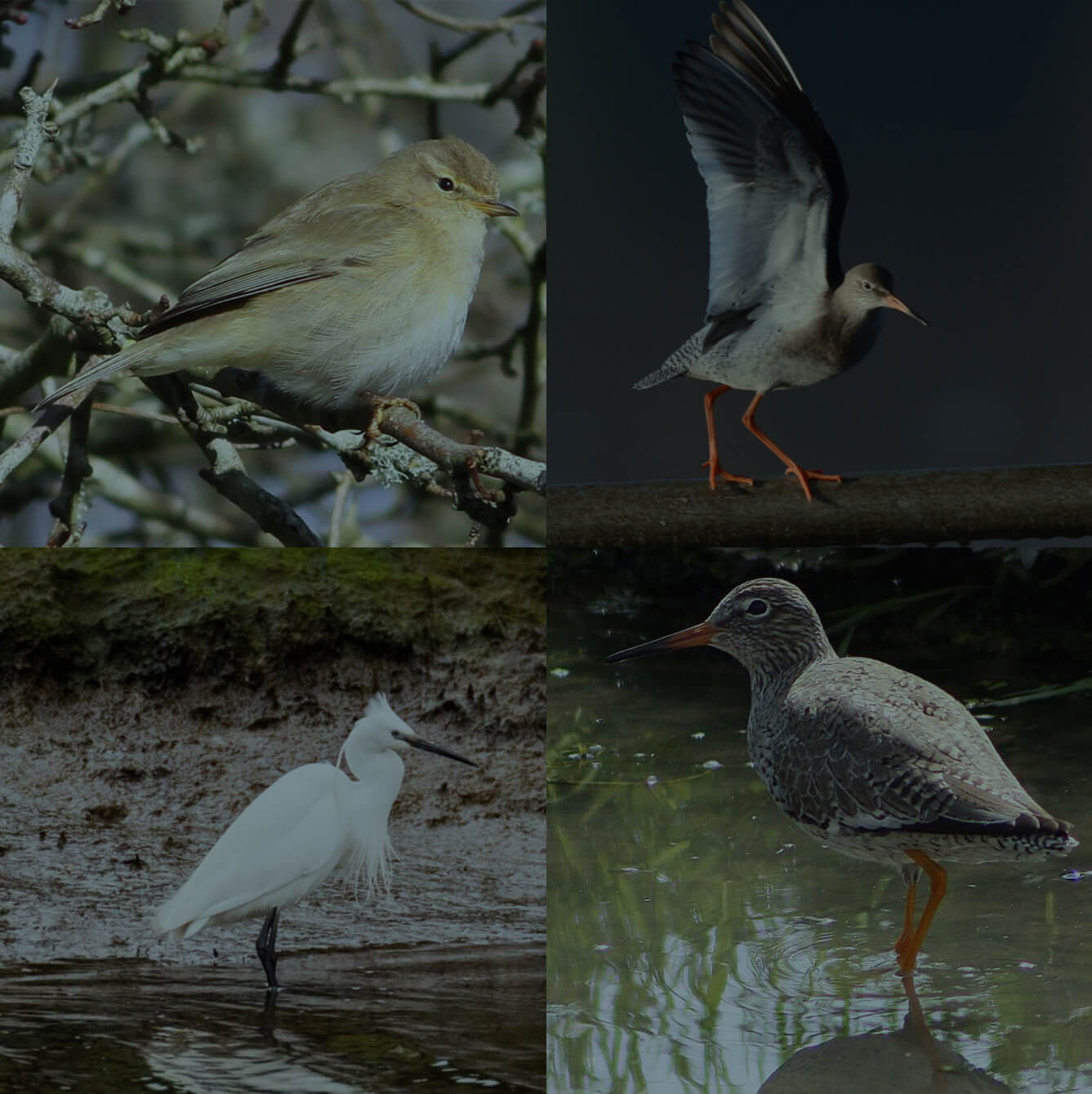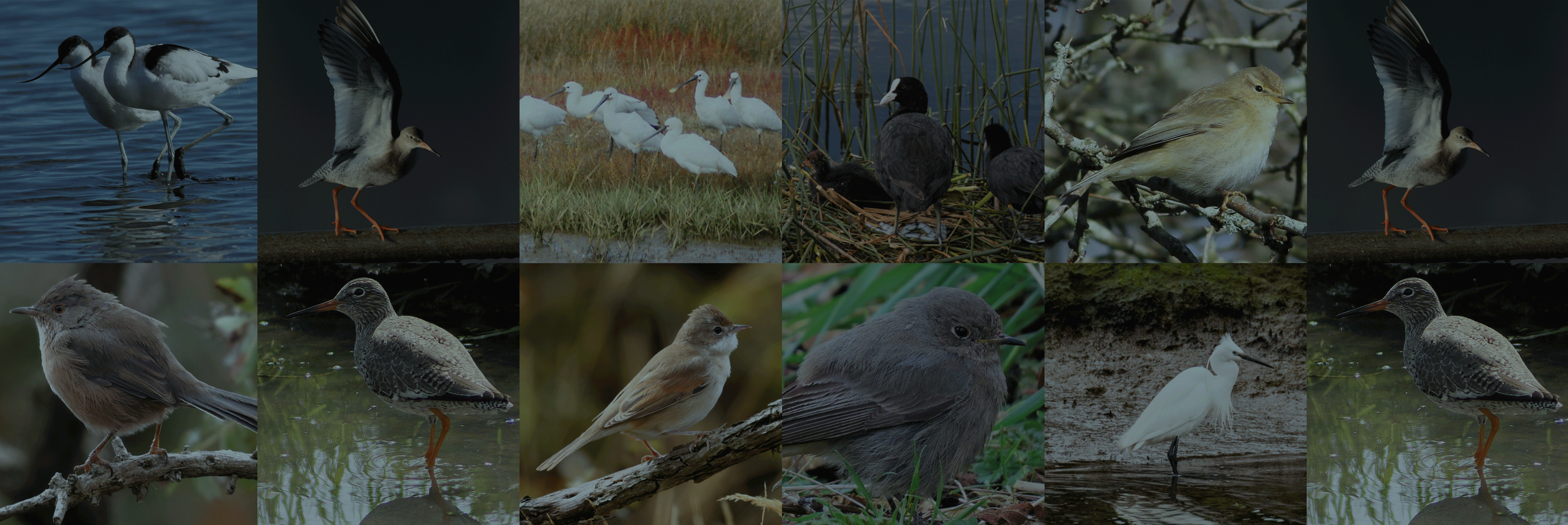Osprey Project 2019 Season Summary
October is now here and with the colder nights drawing in, we are seeing the last of the Ospreys passing through Poole Harbour on their migration. We are now wrapping up the 2019 season and preparations for next year are already being made…
June and July were busy prepping for the arrival of this year’s Osprey chicks, brought down from Scotland by our project partners, the Roy Dennis Wildlife Foundation. It was the start of the third season of the project and would eventually mark the halfway point once the birds were released in early August. Following the hardships of last year where some of the chicks died due to a vitamin deficiency and heatwave affecting the younger birds, we decided to do an overhaul of the process to ensure that it would not happen again. With this in mind we made many changes, including an increase in staff working on the project, adjusting the pen design and monitoring systems, changing the release site and fish supply, and, most significantly, increasing the age of the birds that were brought down to Poole. A change in release site meant there was lots to do in preparation, but everything was ready in place for their eventual arrival on July 15th.
Over the course of the 5-year project, we have permission to receive up to 60 chicks from Scottish nests. This year, we had 11 feisty juveniles arrive, all stronger than in previous years due to their older age. On the morning of their arrival the birds settled well into the pens, and we had some of them wing flapping within the first hour! By the end of day, 3 of the chicks (017, 022 and 025) were even making short flights within the pens. It was a great sign of the success to come this season.
The juveniles stayed in the pens for the next 3 weeks, with the dedicated staff and volunteer team monitoring their behaviour and health, as well as preparing plenty of fish (c450kg to be precise) to ensure their growth before release. This summer wasn’t as hot as 2018, but there were a few days of heat where we took extra precautions to cool the birds and made sure there was a fresh fish supply to avoid the food from drying out.
While they were in the pens the birds developed well and showed ever-increasing strength so that by the time of the releases, they were ready and raring to go. The releases took place in early August when all the birds had successfully made short flights, and many had been carrying fish to perches within the pens. Earlier that week the birds were radio tagged by Roy Dennis, Tim Mackrill and Jason Fathers, which ran smoothly. This tagging is a vital part of the translocation, which meant that the Ospreys could be released safely, and we would be able to track them.

Juveniles in flight – Alison Copland
We released the birds over 3 days, with 021 and 023 leaving on the first morning and showing off their strong flying skills immediately. After early starts with the pens being opened at 5:30, the following days showed the new release site to be an excellent choice, as the birds made the most of the surrounding habitat and stayed close to the site for most of the season. We spent August then tracking the birds via their radio tags and were pleased to see them venture towards and around the harbour as September drew near, including views from one of our BoPH Osprey cruises!
The birds took us by surprise in that we only had them on the release site for a further 4 weeks before they left on migration. Rather than a staggered departure of the birds leaving, the final 6 all left on the same day, and by the 6th of September, we were left with empty nests! During the week of migrations, we were met with mixed feelings as, unfortunately, 025 was found by the team on the release site having been predated. This was particularly sad to discover as 025 was in prime condition for migration and was likely to have left over the following days. Predation is a natural threat to Ospreys, whether they are from natural nests or reintroductions, but nevertheless it was disappointing for the team. However, it was great to know that the other birds would have also been in fantastic conditions when they left, and we gave them the best start possible for their migrations. Let’s hope we see them back in 2021…
Looking ahead, we are really excited for next year as we could potentially have natural nesting attempt. We will therefore be fundraising throughout the winter and spring before they arrive back to provide a live-stream camera on the nest that LS7 and CJ7 have been favouring. This means that you will be able to view their progress from home if they nest next year! We have launched a Just Giving page in aid of the Osprey Project, including the live-stream camera and other project developments which you can donate to here: https://www.justgiving.com/campaign/harbourospreys
We will keep you up to date with our continued work on the Osprey Project throughout the rest of the year and keep our fingers and toes crossed for next year!
You might also like...
Harbour Update – posted 22/11/24
Bitterly cold again today with more evidence of movement/arrivals with 4 Goldeneye in the harbour (2 south shore…
Find out moreHarbour Update – posted 21/11/24
With heavy rain forecast for today, it was a bit of a surprise when we ended up with…
Find out moreCall 01202 641 003
© 2024 Birds of Poole Harbour Registered Charity No. 1152615


